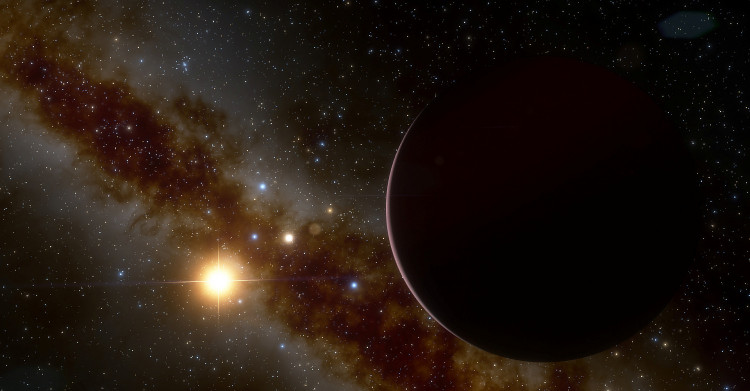Nhut Ho, a mechanical engineering professor at California State University, Northridge (CSUN), has been awarded a $538,000 grant from the U.S. Department of Defense to work on the "Human Swarming Teaming Platform for Research in Human Automation Trust and Reliance" project. He is also the founding director of the NASA Autonomy Research Center for STEAHM (ARCS.)
Simply put, Ho is tasked to develop swarms of fully autonomous robots capable of planetary exploration. The project has terrestrial applications and will be used in mining, search and rescue, and AI/Autonomy, in extreme environments.
"For this particular project, we are exploring how to build a swarm of robots that can be put into different unknown environments and learn to navigate these environments to complete tasks," Ho said. "In order to accomplish this, the autonomous robots will be designed to mimic the behavior seen in insects that swarm, such as ants."
Ho's insect-like robots will be used in various research projects that ARCS is working on with a team from NASA's Jet Propulsion Laboratory, which won first place in the Defense Advanced Research Project (DARPA) Subterranean Challenge. The professor believes that the project will change how mankind explores planetary systems and the wideness of space.
As for why Ho used an insect-like model, he says using a swarm of small robots rather than a large, solitary one is more advantageous. At a very basic level, there's built-in redundancy - if a rover like NASA's Perseverance encounters a fatal error, the mission is essentially done, while a swarm losing individual members shouldn't end the entire mission. Also, a swarm can self-assemble into individual subunits and cover more ground more quickly, accomplishing a number of goals in parallel where a larger rover might have to handle tasks in sequence.
At CSUN, many groups of students across several departments are working together to make the project come to fruition. There are students from the Departments of Mechanical and Computer Engineering, Psychology, and Art building robots and working on VR systems being augmented for the swarm. STEM (science, technology, engineering, and math) majors are working with journalism students so they can write better about technology, and public relations students are tasked with marketing the program.
Admittedly, Ho and his team still have a long way to go before a swarm of insect robots are sent out in space, but the efforts both by the CSUN team and the Department of Defense are enough to believe that this project will materialize in the near future.






